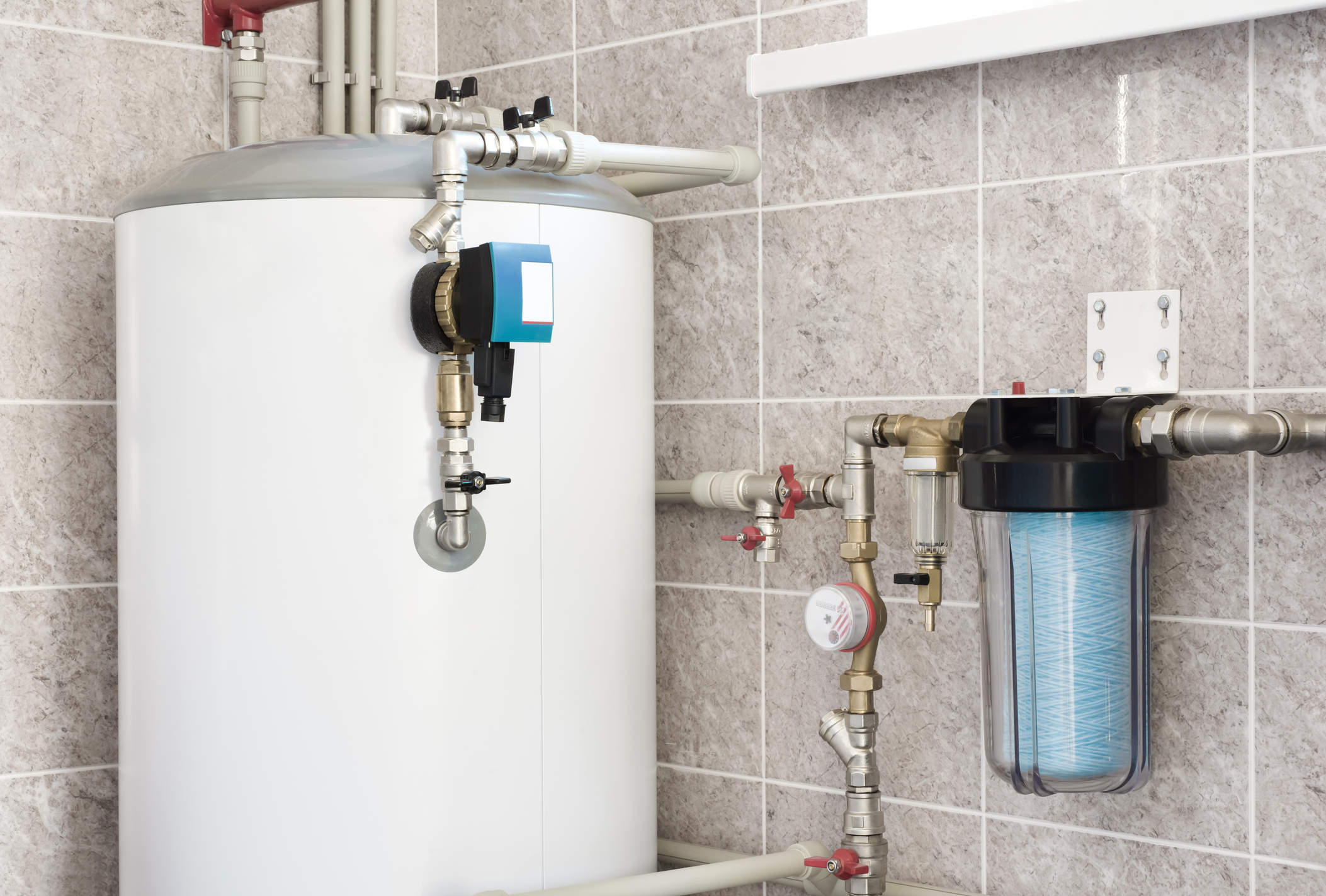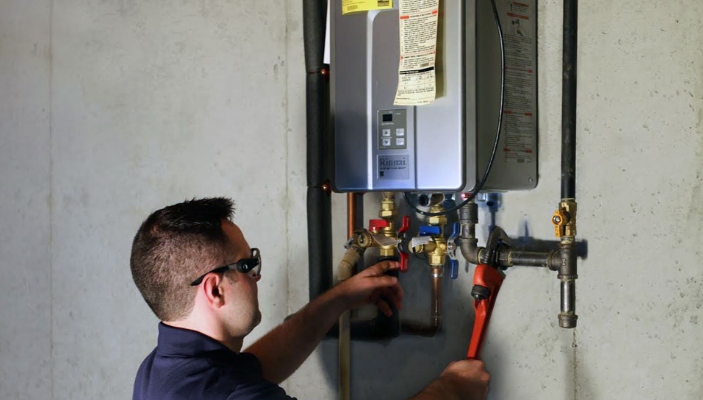Professional Guidance on Maintaining Your Home's Hot Water SystemEffective Techniques for Caring for Your Home's Hot Water System
Professional Guidance on Maintaining Your Home's Hot Water SystemEffective Techniques for Caring for Your Home's Hot Water System
Blog Article
The article author is making a number of great annotation related to Tips on Maintaining a Water Heater in general in this article following next.

Warm water is essential for everyday convenience, whether it's for a revitalizing shower or cleaning dishes. To guarantee your hot water system runs successfully and lasts longer, normal maintenance is vital. This article supplies practical pointers and understandings on just how to keep your home's hot water system to stay clear of interruptions and pricey repair services.
Introduction
Maintaining your home's warm water system might seem overwhelming, yet with a few basic steps, you can guarantee it runs smoothly for many years to come. This guide covers whatever from recognizing your hot water system to do it yourself maintenance ideas and knowing when to contact expert aid.
Importance of Maintaining Your Hot Water System
Normal maintenance not only expands the lifespan of your hot water system yet also ensures it runs efficiently. Overlooking maintenance can bring about lowered efficiency, higher power costs, and even premature failing of the system.
Indicators Your Warm Water System Needs Maintenance
Recognizing when your warm water system requires attention can avoid major problems. Keep an eye out for signs such as irregular water temperature level, odd noises from the heater, or corroded water.
Comprehending Your Hot Water System
Before diving right into maintenance tasks, it's valuable to comprehend the standard parts of your warm water system. Typically, this consists of the hot water heater itself, pipelines, anode poles, and temperature level controls.
Month-to-month Upkeep Tasks
Regular monthly checks can help catch minor problems before they intensify.
Purging the Water Heater
Flushing your hot water heater gets rid of sediment accumulation, enhancing effectiveness and lengthening its life.
Checking and Changing Anode Rods
Anode poles avoid deterioration inside the tank. Checking and changing them when worn out is important.
Checking and Adjusting Temperature Setups
Adjusting the temperature level setups ensures optimal efficiency and safety.
DIY Tips for Upkeep
You can execute several upkeep tasks on your own to maintain your hot water system in top problem.
Looking for Leaks
Regularly evaluate pipes and connections for leakages, as these can result in water damage and higher costs.
Examining Stress Relief Valves
Checking the pressure safety valve guarantees it works correctly and stops extreme pressure build-up.
Protecting Pipelines
Protecting hot water pipelines minimizes warmth loss and can save energy.
When to Call a Professional
While DIY upkeep is valuable, some concerns call for professional knowledge.
Complex Concerns Calling For Specialist Assistance
Examples consist of significant leakages, electric troubles, or if your hot water heater is consistently underperforming.
Routine Specialist Maintenance Benefits
Professional maintenance can include comprehensive inspections, tune-ups, and making certain conformity with security requirements.
Final thought
Routine upkeep of your home's warm water system is vital for effectiveness, durability, and expense savings. By complying with these ideas and knowing when to seek professional aid, you can make certain a reputable supply of hot water without unexpected disturbances.
Water Heater Maintenance: The Basics
Maintaining your water heater will ensure it operates efficiently and has a longer lifespan. Neglecting regular maintenance can lead to costly repairs and an even bigger chunk of your savings if you have to replace it sooner than necessary. But there’s good news: Most water heater maintenance tasks are relatively simple and easy for homeowners with basic DIY skills.
Flush the Water Heater
Over time, sediment and minerals can build up in the tank, reducing its efficiency and potentially causing damage. To flush the tank, turn off the power or gas supply, attach a hose to the drain valve near the bottom and open the valve to drain the water until it runs clear. Ideally, flush the tank annually.
Replace the Anode Rod
The anode rod is a sacrificial metal rod that helps prevent corrosion inside the tank. Inspect and replace it every three to five years or per the manufacturer's recommendation. To replace the anode rod, turn off the power or gas supply, drain a few gallons of water from the tank, unscrew the old rod and replace it with a new one. If the anode rod is significantly corroded or covered in calcium buildup, it's a sign the water heater may need to be replaced soon.
Tune-Up
A yearly tune-up can help identify potential issues and ensure your water heater operates at peak efficiency. This typically involves checking the thermostat, burner assembly (for gas heaters) and any other components specified by the manufacturer. During a tune-up, the technician may also clean the burner and adjust the pilot light (for gas heaters) or examine the heating elements (for electric heaters).
How to Maintain Your Water Heater
Insulate the tank. Insulating the tank can improve energy efficiency and reduce heat loss, saving you money on energy bills. You can purchase precut insulation blankets designed specifically for water heaters or use standard fiberglass insulation wrapped securely around the tank. Check the temperature. The recommended water temperature for most households is around 120 degrees Fahrenheit (49 degrees Celsius). Higher temperatures can increase energy costs and potentially cause scalding. Use a kitchen thermometer to check the temperature at the faucet nearest the water heater. Monitor water pressure. Excessive water pressure can strain the water heater and cause leaks or even tank failure. Install a pressure-reducing valve if necessary. The ideal water pressure range is between 60 and 70 PSI (pounds per square inch). Test the temperature and pressure (T&P) relief valve. The T&P relief valve is a safety feature that releases pressure if the tank gets too hot or the pressure builds up too high. Test it annually by lifting the lever and allowing a small amount of water to release. Replace the valve if it doesn't release water or reseal properly. Check for leaks. Regularly inspect the tank, pipes and fittings for leaks or corrosion. Deal with issues promptly to prevent further damage. Even a small leak can lead to significant water damage over time. Consider a tankless water heater. If your traditional tank-style water heater is nearing the end of its lifespan ( typically 10 years), consider replacing it with a tankless water heater. These units heat water on demand, reducing standby energy losses and potentially saving you money on your energy bills. Schedule professional maintenance. While homeowners can perform many water heater maintenance tasks, it's still a good idea to schedule professional maintenance every few years. A plumber or HVAC technician can thoroughly inspect the unit, identify potential issues and ensure it operates safely and efficiently. https://www.homeserve.com/en-us/blog/home-improvement/hot-water-heater-maintanence/

We had been guided to that report on Tips For Maintaining Your Hot Water Heater through someone on our other web page. If you please take the time to share this post if you appreciated it. We cherish your readership.
Show Details Report this page